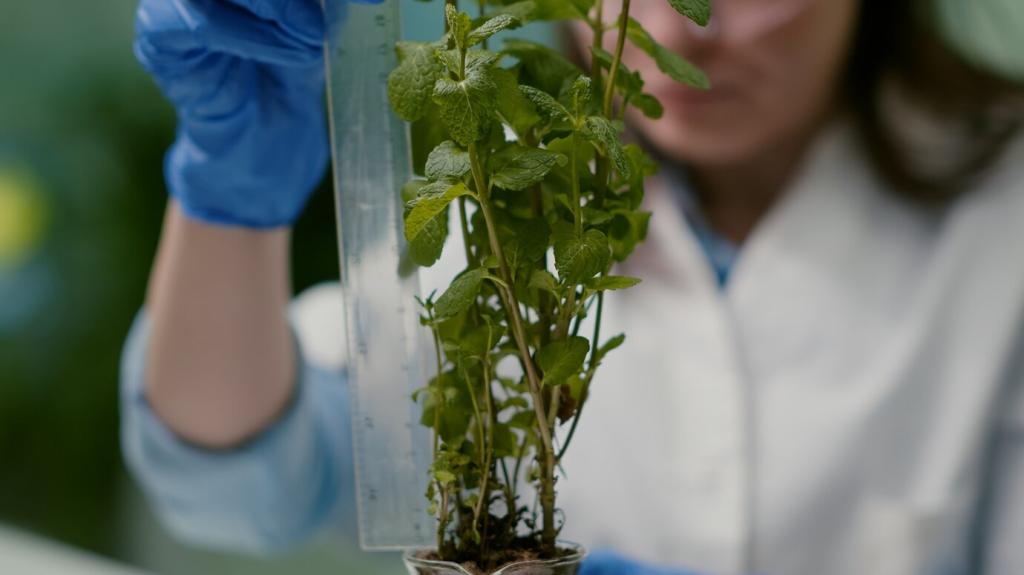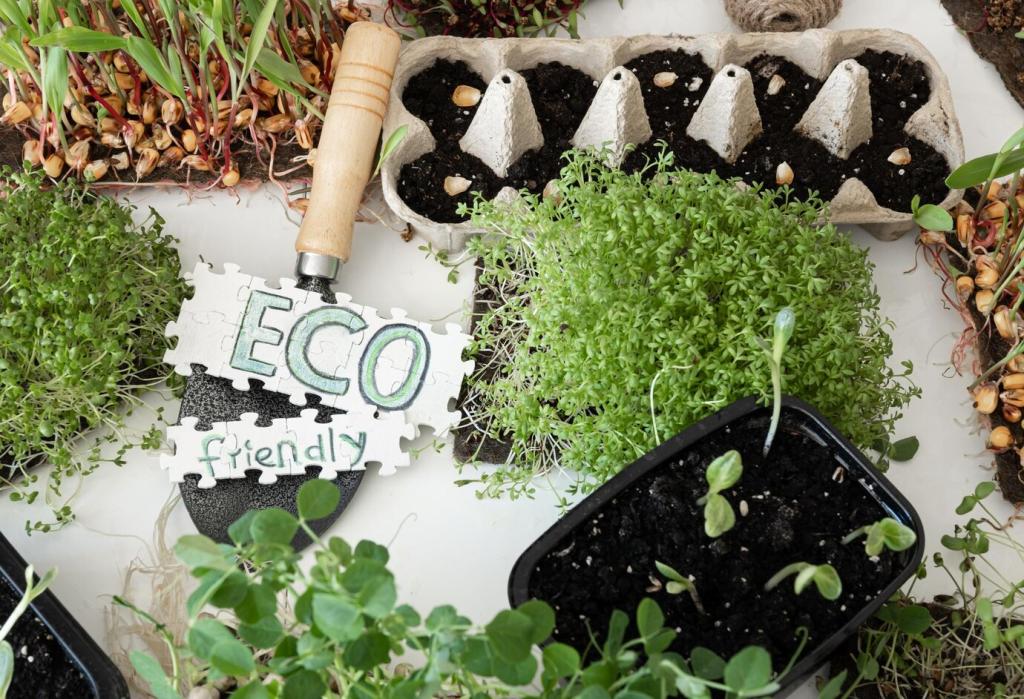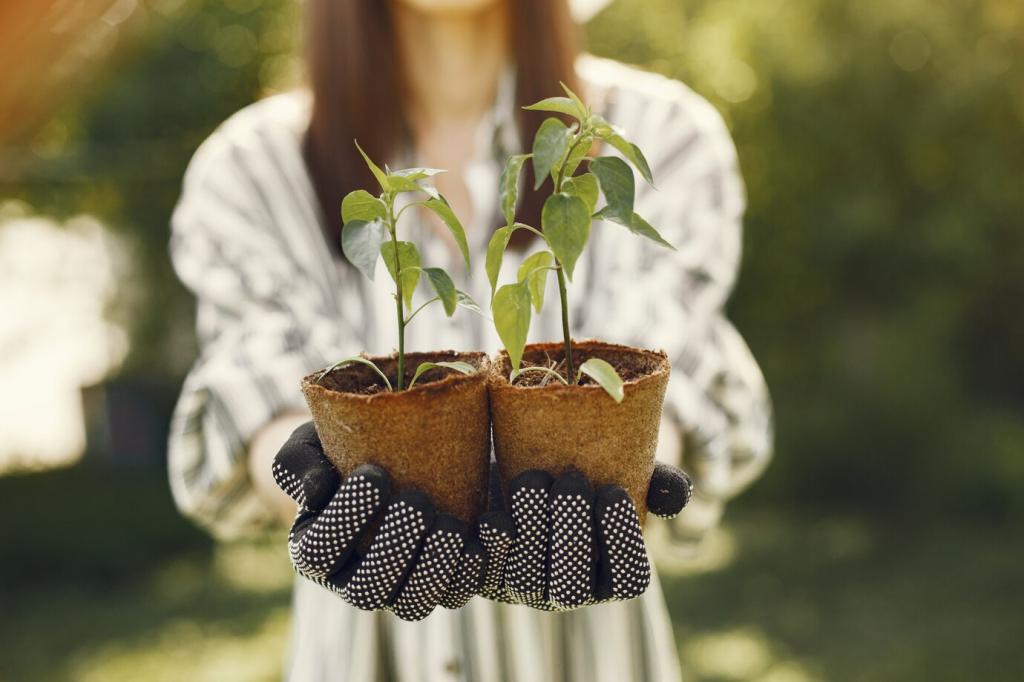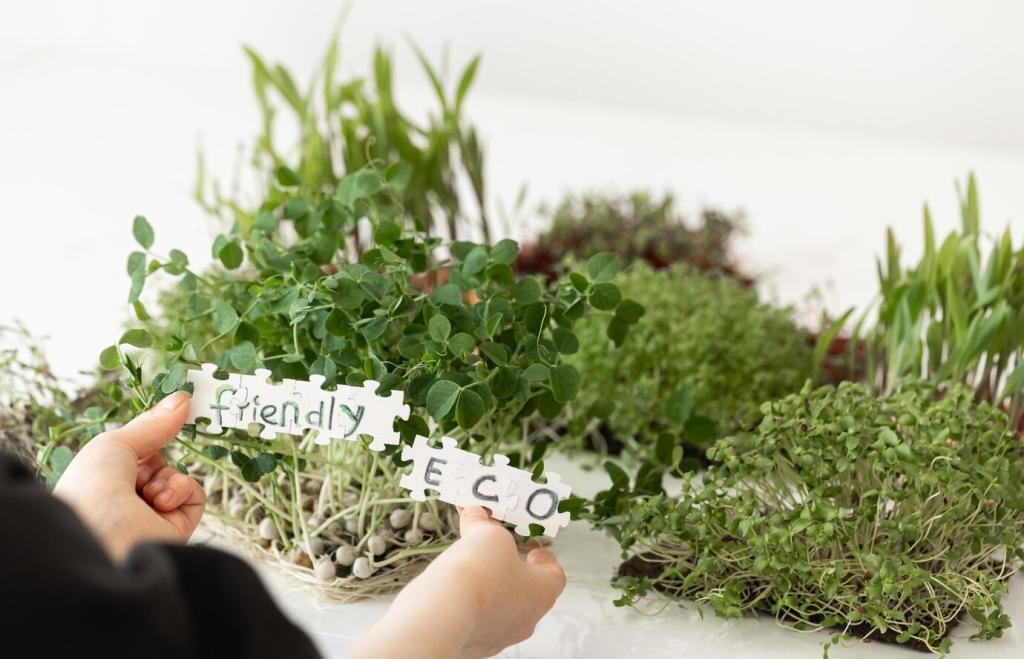Container gardening has become a popular solution for individuals living in bustling urban centers with limited outdoor space. With high-rises, compact apartments, and small balconies being the norm, gardening in containers offers a flexible and accessible way to connect with nature and cultivate lush greenery. This approach empowers aspiring gardeners to create stunning displays of flowers, fresh herbs, and even vegetables, all within confines often considered too restrictive for traditional gardening. Whether atop rooftops, along window sills, or on compact patios, container gardening transforms small spaces into thriving urban oases.

Container Materials
The material of your containers can make a significant difference in plant health and overall garden aesthetics. Common materials include plastic, ceramic, terra cotta, and metal, each with their own advantages and limitations. Plastic pots, for instance, are lightweight and generally affordable, making them easy to move around even when filled. Terra cotta pots are classic and breathable, which helps prevent overwatering, but they can dry out quickly in sunny spots. Metal containers offer a contemporary look but may heat up excessively in direct sunlight. Considering the environmental conditions and style preferences can help urban gardeners choose containers best suited for their space.

Drainage and Size
Proper drainage is critical for healthy container plants, especially in small urban areas where excess water can damage patios or indoor spaces. Containers should have adequate drainage holes to allow water to escape, preventing root rot and other moisture-related issues. Size also matters; larger containers hold more soil and moisture, reducing how often you need to water, but may be cumbersome in tight quarters. Conversely, smaller pots are easier to handle and rearrange but might restrict root growth and require more attention. Finding a balance between size, placement, and convenience enables successful gardening within compact spaces.

Aesthetic Considerations
The look and feel of your containers can transform a small urban area into a personal refuge. Coordinating the color, shape, and arrangement of containers creates visual harmony or bold contrasts, depending on desired style. Bright colors can liven up shaded balconies, while neutral tones offer a serene, minimalist aesthetic. Vertical arrangements, like stacking or hanging pots, provide innovative ways to add greenery without taking up valuable floor space. By paying attention to aesthetics, gardeners craft environments that feel welcoming, expressive, and uniquely suited to urban living.
Edible Plants for Urban Gardens
Growing your own herbs and vegetables in containers brings fresh flavors right to your doorstep, no matter how small your space. Culinary staples such as basil, chives, and parsley adapt well to pots and need only a sunny windowsill or balcony. Compact vegetable varieties like cherry tomatoes, lettuce, and peppers thrive in containers of various sizes. These edibles provide a practical and rewarding gardening experience, letting you harvest fresh ingredients for your meals while enjoying the simple pleasure of tending your urban oasis, even with limited space.
Ornamental Flowers and Foliage
Flowering plants offer vibrant color and fragrance, turning even the smallest patio or balcony into a restful retreat. Marigolds, petunias, and pansies are excellent for container arrangements and bloom profusely throughout the growing season. For lush texture, trailing ivy or ornamental grasses add visual interest and soften hard urban lines. By mixing flower varieties with different heights and bloom periods, gardeners can create ever-changing displays that keep small spaces attractive year-round. Select species suited to the light conditions of your specific location for optimal results.
Plants for Limited Sunlight
Urban areas often present unique lighting challenges, with shadows cast by neighboring buildings or narrow courtyards. Fortunately, many gorgeous plants thrive in partial or even full shade, making them perfect for city dwellers. Ferns, hostas, and begonias perform admirably in low-light environments, offering bold leaves and subtle blossoms. Incorporating shade-tolerant plants ensures you don’t miss out on greenery and color, even if direct sunlight is scarce. Understanding your available light and matching plant selections accordingly helps you cultivate a lush urban garden, regardless of your exposure.
Previous slide
Next slide

Vertical gardening is a strategic approach to urban container gardening, allowing you to grow more plants in minimal square footage. Options like wall-mounted planters, trellises, and stacked pots utilize vertical surfaces, freeing up precious floor space and showcasing cascading blooms or vines. This technique not only expands your planting capacity but also introduces visual intrigue at different heights. By experimenting with vertical layouts, urban gardeners can create dynamic green walls or edible towers, making a powerful impact in even the most modest settings.

